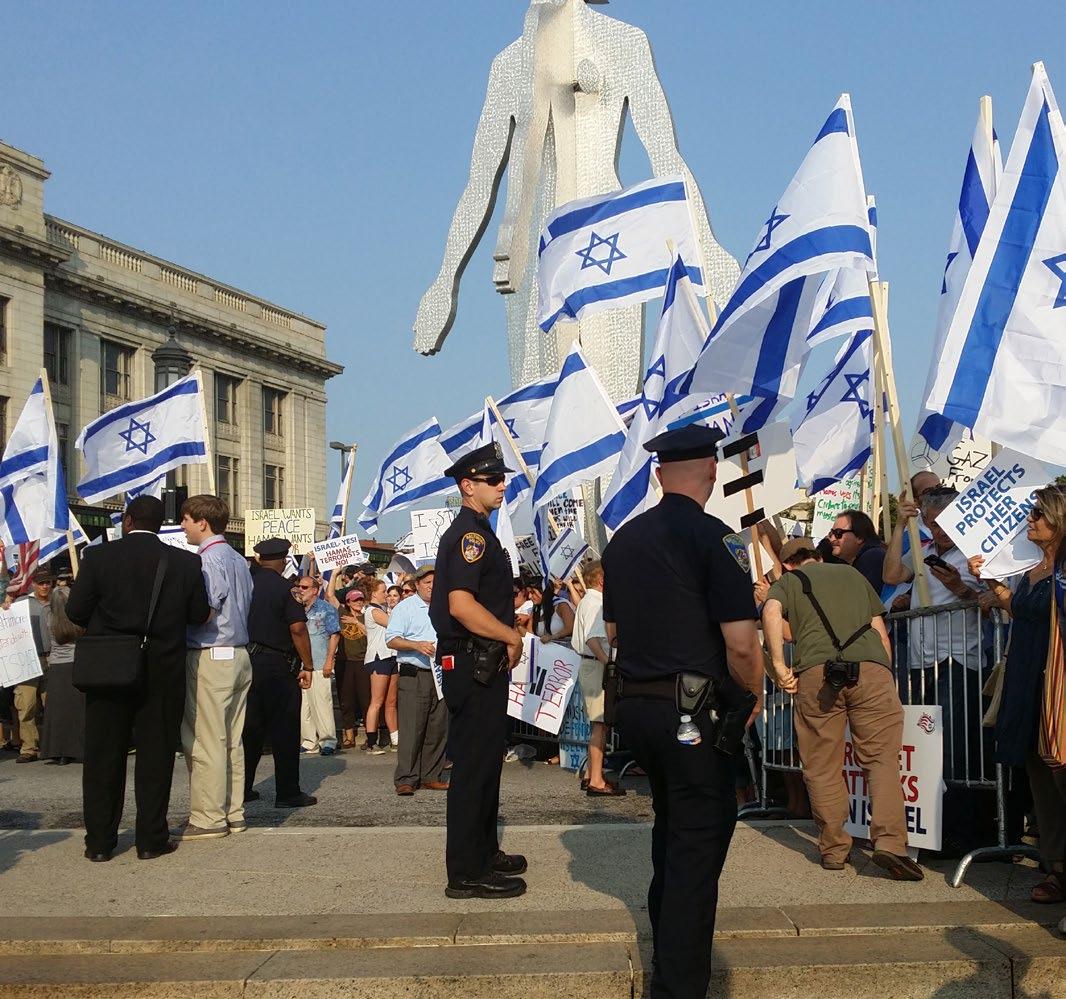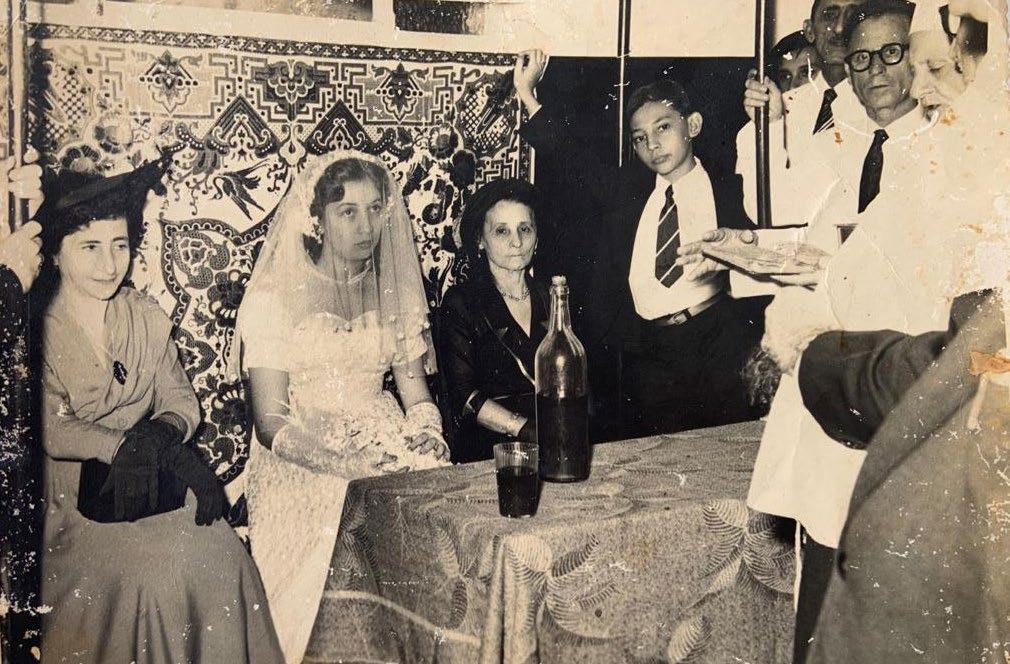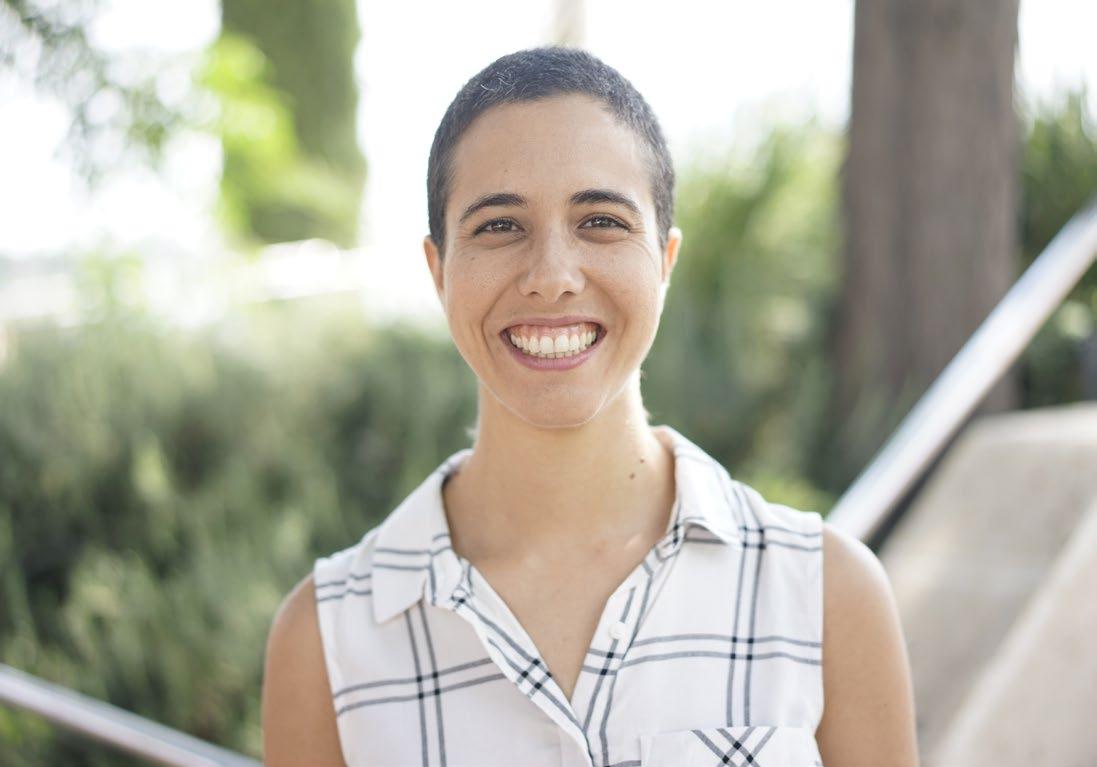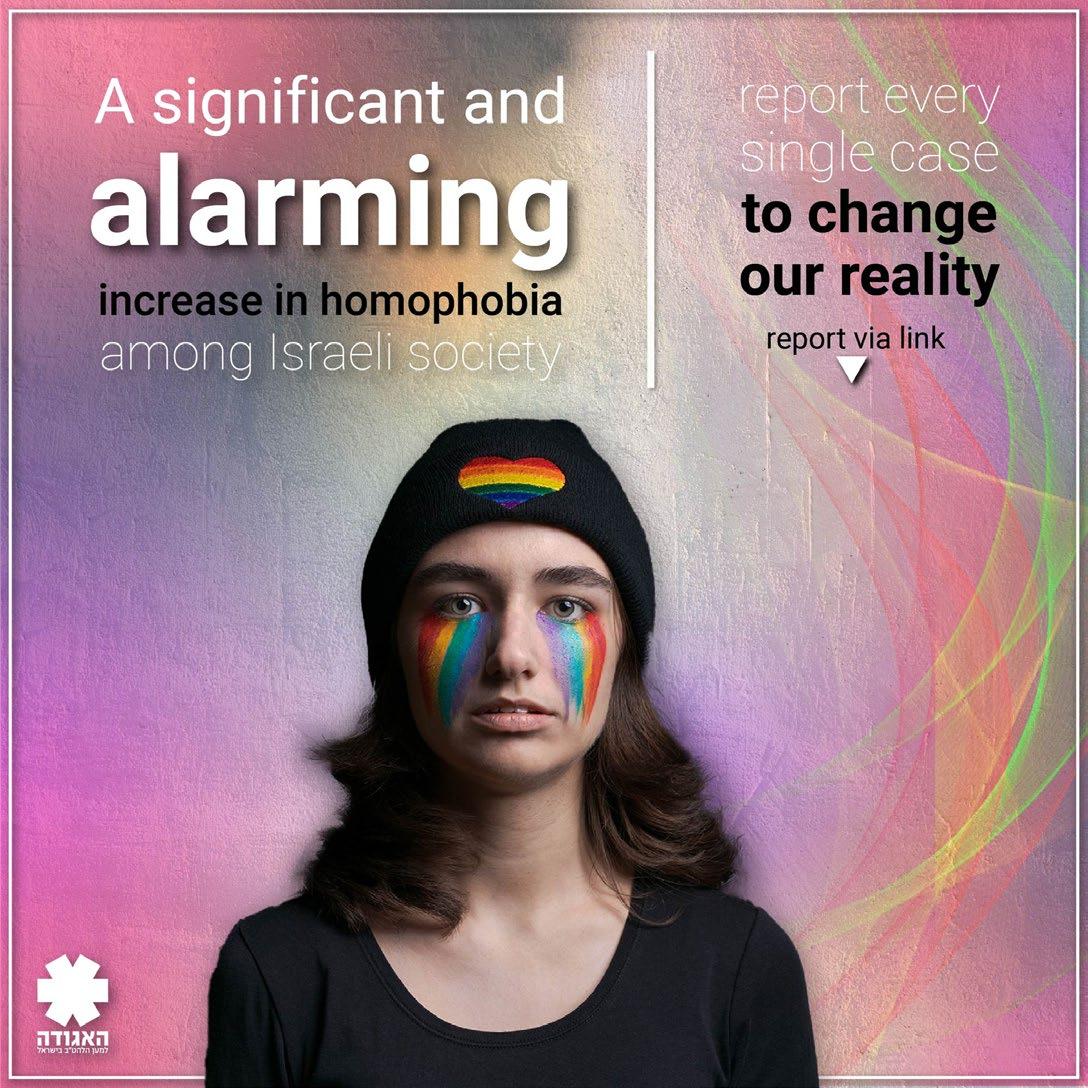
5 minute read
TO LEARN AND THEN DO: A SOCIAL JUSTICE STUDY TOUR
By Rabbi Bob Kaplan, Executive Director, Center for Shared Society, Jewish Community Relations Council of NY
I’ve traveled to a number of places, but none had as direct an impact on me as Israel. Yes, every country has its own issues and probably its own mistakes that it’s recovering from. But if your view of Israel is only from what you read or see on CNN or Fox News, then perhaps I’d like to encourage you to see if your narrative will change by hearing, listening to, and seeing the narratives of so many different Jews. Thank you, Bob Kaplan and the Jewish Community Relations Council of New York for this lifetime memorable experience.
Advertisement
—Rev. Dr. David Allen, Epic Village Community Development Corporation
On September 11, 2022, a group of diverse community and faith leaders from across New York City boarded a flight to Israel. The group, many of whom had participated in one of the Jewish Community Relations Council of NY’s community-based coalitions or fellowships, was leaving on the first Social Justice Study Tour conducted by JCRC-NY’s Center for Shared Society. The curriculum was designed to have these leaders interface and learn from organizations and individuals in Jerusalem, Tel Aviv, Lod, Ramle, Sderot, and Ramallah who navigate complex issues and narratives, such as trauma, resilience, violence, refugees, and asylum seekers—diversity and communal conflict challenges that they likewise navigate daily in their NYC communities. Throughout this experience, as Mitchel Wu from the Chinese-American Planning Council observed, participants truly opened their hearts and displayed empathy while listening to each and every story.
We started our journey with Daniel Hassan, executive director of the Jerusalem Intercultural Center. The group met with Palestinian women who have been leading a decade-long project called Mini-Action. Over time, the effort has grown to include over 2,000 women, each taking steps to ensure the quality of life in the municipality through MiniActions. They have transcended some of the stagnation of politics that has stifled interaction and a better quality of life for residents in East Jerusalem. As one of the participants put it, residents opened up about “their mental, physical, and emotional resistance to the occupation.” This was our first brush with community-based, nontraditional leaders who, in the face of what is often designated as insurmountable odds, were navigating change.
The next day we met with Kuchinate, an organization that has been empowering women from the asylum-seeking African community in South Tel Aviv. We heard stories of an over 1,000-mile journey from Sudan (and other war zones in Africa) via a dangerous and often deadly passage through Egypt. Kuchinate has developed a series of wrap-around social services, from housing and health services to workplace development, offering an island of stability and hope.
It’s not only the stories but the experiencing of what survival looks like at the heart…resiliency. It’s real people who chose to live in a country despite being considered either as second-class citizens, refugees, or “angry displaced people.” However, in the midst of being displaced, being angry, not receiving benefits, unable to enter specific zones (B, C), the everyday survivors still believe in either the possibility of a one-state Israel or two states where everyone can fight and live on for their own endowment of peace. —Rev. Dr. David Allen
We had the privilege of eating at Battae, the Center for Ethiopian Israeli Heritage, an organization serving the Ethiopian Jewish community housed in a space that serves as an art museum, restaurant, and cultural center. The organization’s founder and chef, Ashagar Araro, greeted the group and told her story of the 2,000 years of the Ethiopian Jewish community, along with her family’s journey to Israel. The community, now in Israel for decades, answers a need to preserve Ethiopian Jewish culture within the complex diversity of the Jewish experience in Israel.
In Ramle and Lod, we met two powerful, yet soft-spoken women, Aliza and Yisca, who run the community mediation centers in these two mixed cities. They recounted, in a mixture of Hebrew and English, the whirlwind of violence and communal conflict they were thrust into in May of 2021. The mediation centers they lead are important places of community building, with opportunities for dialogue that have navigated local conflict without violence, building bridges across large, diverse populations of not only Jews and Arabs, but also immigrants and descendants of recent immigrants from Ethiopia, the former Soviet Union, Morocco, Iraq, Iran, and many other countries.
We then traveled to nearby Sderot, a city that sits on the border of Gaza, where a bomb shelter is located on every corner and in every house, school, and community space. The Israel Trauma Coalition (ITC) spoke about their work over the past two decades of meeting the trauma left in children and community members in the wake of violence. The ITC has also responded to international tragedies such as the earthquake in Haiti, Hurricane Katrina in New Orleans, Hurricane Sandy in NYC, and many more. The study tour group, after having experienced so many competing and compelling narratives over the past few days, took to this training in a very powerful way, seeking ways to bring it to their communities in New York.
Our next stop was Yad Vashem, the Israeli Holocaust museum, deeply touching all. We spent that evening in the home of Rina Quint, a 90-year-old survivor of the Holocaust. Our earlier experience in the museum came alive at a beautifully set Shabbat table where Rina told the story of her childhood in work and concentration camps; of the six mothers she had as a child, each playing an important role in the next stage of her journey through the Holocaust and traveling to the United States; of not knowing that she should cry at the death of her father because she saw death as normal. In her amazing and disarming way, Rina captured all our hearts. As we walked back through the quiet and empty Shabbat streets of Jerusalem, we knew we had been in the presence of a great and wise soul.
The journey ended with a visit to the Save a Child’s Heart program at the Wolfson Medical Center in Tel Aviv. For the past 40 years, this project has been bringing in children from across the world, from Zimbabwe to India, for heart operations that are not always available in their countries. They have likewise trained international doctors and care teams to lend support to these children in their own countries. This was an extremely powerful closing to this Social Justice Study Tour.
Throughout the study tour, participants could see that Israel is a complicated state with complex problems, similar to our own New York City. Many of the problems Israelis deal with must also be addressed here. So now, after a week of deep listening, it is up to our community leaders to turn what they learned into action. As Rev. Dr. David Allen put it, “The task at hand is to find the meaning of this trip and see how I can use the stories to change, build, renew, and reimagine a better Brooklyn due to this learning experience.” We know our leaders are “exploring synergies to improve the lives of all New Yorkers,” as Courtney Bennett, of One Hundred Black Men, said.
ASSAF DEMONSTRATION ADVOCATING FOR THE RIGHTS OF ASYLUM SEEKERS
PHOTOS: ASSAF ARCHIVES









